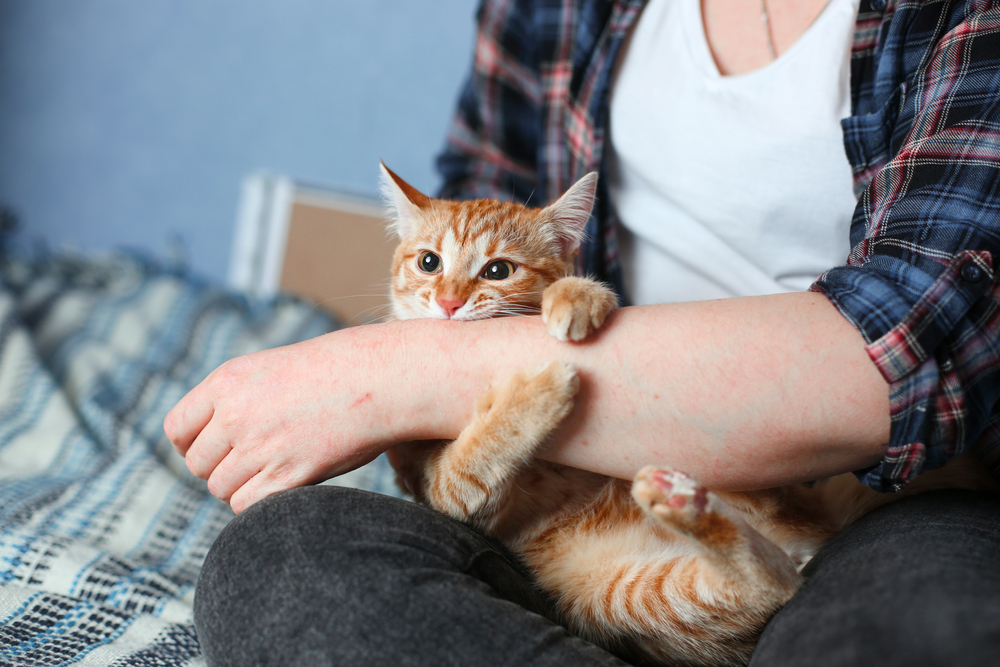Cats are fascinating creatures, full of mystery and charm. While their quirky behaviors can make us laugh or scratch our heads, many of these actions have logical explanations rooted in their instincts or health. Let’s dive into six odd cat behaviors and uncover their secrets.
1- Kneading with Their Paws
Cats knead by pushing their front paws alternately against soft surfaces like blankets, pillows, or even your lap. This behavior harks back to kittenhood when they kneaded their mother’s belly to stimulate milk flow. Adult cats retain this comforting action to express contentment or mark territory, as their paws have scent glands.
2- Chattering at Birds
Have you ever noticed your cat making strange, rapid “chattering” noises while watching birds or squirrels? This behavior is believed to stem from their hunting instincts. It might be a mix of excitement, frustration, and preparation, as your cat mimics the movements it would make during a kill bite.
3- Zoomies
Out of nowhere, your cat sprints around the house at top speed, leaping onto furniture or darting down hallways. These sudden bursts of energy, or “zoomies,” are often a way to release pent-up energy. They’re especially common in young cats or those with limited playtime.
Tip: If your cat’s zoomies are frequent, consider adding more interactive play sessions to their day.
4- Knocking Things Off Tables
From pens to glasses, cats seem to delight in swiping objects off surfaces. This behavior could be driven by curiosity, as cats use their paws to explore and test their environment. Additionally, they might be seeking your attention if they’ve learned that knocking things over gets a reaction from you.
5- Bringing “Gifts”
A dead mouse or bird on your doorstep might not feel like a gift, but to your cat, it’s a gesture of care. Cats bring prey to their human companions as part of their natural hunting behavior. They may see you as part of their “family” and want to share their catch.
6- Head-Butting (Bunting)
When your cat gently presses its head against you, it’s not just being affectionate—it’s also marking you with its scent. Cats have scent glands on their heads, and bunting is a way to claim you as part of their territory and establish trust.
Understanding these odd cat behaviors can deepen the bond you share with your feline friend. While some actions are rooted in instinct, others are ways your cat communicates with you. Observing their quirks can help you ensure they’re happy, healthy, and thriving in your home. Embrace the oddities—it’s part of what makes cats so lovable!

